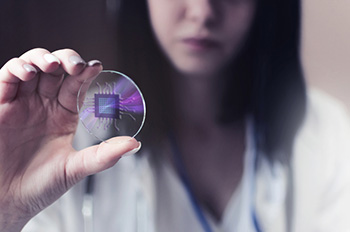 Every year, we celebrate International Women’s Day on March 8 as a way to commemorate the movement for women’s rights. This global holiday honors the social, economic, cultural, political – and in our case – scientific achievements of women.
Every year, we celebrate International Women’s Day on March 8 as a way to commemorate the movement for women’s rights. This global holiday honors the social, economic, cultural, political – and in our case – scientific achievements of women.
Additionally, International Women’s Day also marks a call to action for accelerating gender parity. Currently, women remain underrepresented in the STEM workforce, although to a lesser degree than the past. According to the National Science Foundation, the greatest gender disparities still exist in the fields of engineering, computer science, and physical science.
In the U.S., women make up half of the entire workforce, but only 29 percent of the science and engineering field. While the gender gap may still exist for women in STEM, many phenomenal female scientists have entered the field over the years and left an indelible mark on the science.
Take Nettie Stevens (born 1861), the foremost researcher in sex determination, whose work was initially rejected because of her sex. Or Mary Engle Pennington (born 1872), an American chemist at the turn of the 20th century, pioneering research that allows us to process, store, and ship food safely. Barbara McClintock (born 1902) was deemed crazy when she suggested that genes jump from chromosome to chromosome. Of course, she was later awarded the Nobel Prize in Physiology or Medicine for her discovery of genetic transportation.


